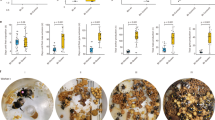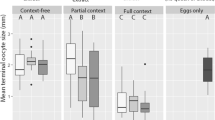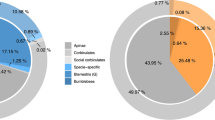Abstract
DURING a recent inquiry into the existing knowledge of the chemistry of bee poison, I examined also the anatomy of the bee's sting, a subject to which I venture to direct attention. It is stated, and the evidence seems to be undeniable, that the sting of the worker bee is the insect's ovipositor metamorphosed into an efficient weapon of attack. On the basis of the principles of evolution, it would be said that the conditions producing the specialised activities of the worker bee required also the change indicated. By inference, obviously, one must turn to the queen bee, whose existence is justified solely by her egg-laying capacities, and who may have been specialised in this direction—an opposite one to that of the worker. But here, too, is found the same metamorphosis to an almost equal extent, so that it would seem, considering that the genital opening is below the base of the sting (itself the original ovipositor), that stinging was of vastly more importance to the queen bee than egg-laying. But since the queen employs her weapon a few times only during her life, this suggestion falls to the ground. The only other explanation seems to be that at a certain stage in the evolutionary development of insects the ovipositor underwent metamorphosis before bees and their specialism came into being as such, and that it persisted in this form.
This is a preview of subscription content, access via your institution
Access options
Subscribe to this journal
Receive 51 print issues and online access
$199.00 per year
only $3.90 per issue
Buy this article
- Purchase on SpringerLink
- Instant access to full article PDF
Prices may be subject to local taxes which are calculated during checkout
Similar content being viewed by others
Author information
Authors and Affiliations
Rights and permissions
About this article
Cite this article
SPIELMANN, P. Anatomy of the Bee's Sting. Nature 89, 348 (1912). https://doi.org/10.1038/089348c0
Issue date:
DOI: https://doi.org/10.1038/089348c0



